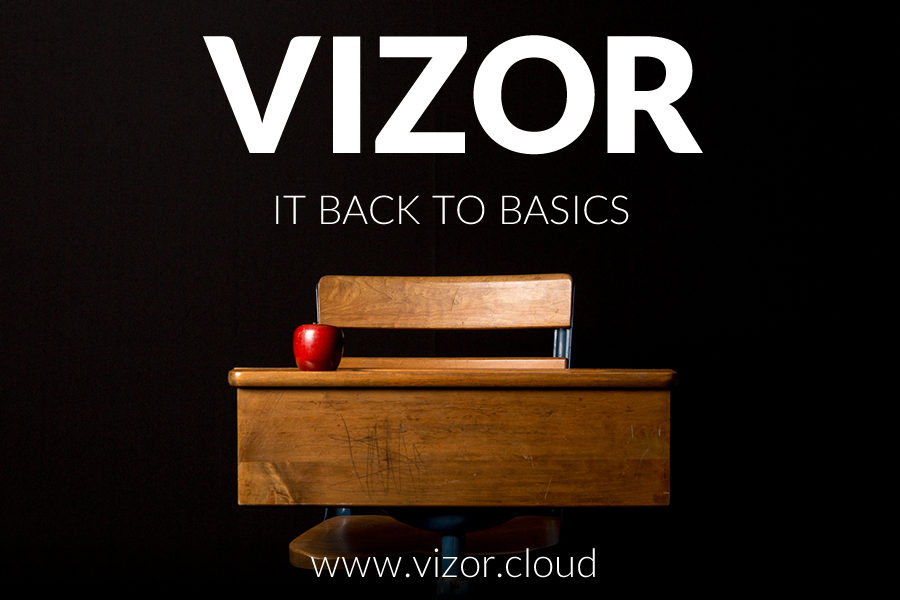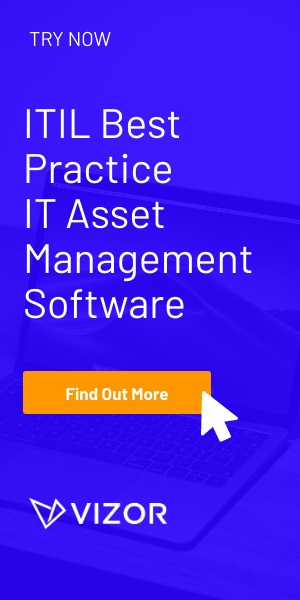When SAM offers RoI over 1,000% (yes, really)
Can Software Asset Management really deliver dramatic RoI?
My guess is that a headline such as that will raise a lot of eyebrows and sceptical muttering, but it’s recently been illustrated very clearly just how possible this is. Many organizations have IT asset operations teams that work miracles every day with tight staffing levels to keep the infrastructure running and secure. With no additional spend on ‘non-essential’ activities, the careful management and optimization of software assets can easily be overlooked. Once software is rolled out, it tends to stay there. Hard-pressed staff in purchasing may ask IT every year to confirm license maintenance requirements, and IT don’t have the time or motivation to look really hard at what is being used and what isn’t. Per PC, software costing $hundreds or $thousands per PC is left installed, when its use could be monitored by a toolset costing under $20 per annum to maintain.
IT asset management: the need for top-down support
It’s only when a top-down initiative is put in place that the alignment of licensing to genuine usage needs gets looked at. And the findings can be amazing. One of the commonest sources of unused and valuable software is the higher end companions to MS Office, such as Project or Visio. If someone decides one day that an organization is going to use Project as a standard platform for planning everything from an office redecoration to an overseas marketing drive then it is easy to see how it comes to be rolled out to a large number of potential users. A good deal on the license price at the time probably helped. Four years down the line, with those installs regularly taken into account in the annual assessment of fees due on the Microsoft estate, and nobody has the time to query just how many of those copies are delivering any value.
Software Asset Optmization – closing the loop with remote installs and de-installs
Running a report to discover all the applications that have not been used in the last six weeks is great, but really there should be a rolling program of comparison of usage v licensing, leading to a rolling program of optimization, where software is – subject to licensing restrictions – moved around to reflect genuine need, to reflect changes in staffing and changes in working methods. This is not going to be practical unless the asset management team can work closely with the operations team, and is allowed to execute remote installs and de-installs. The secret to this is the sharing of a common software distribution toolset by the operations and asset management teams; the same tool should be used to roll out pre-tested patches and application updates and to de-install those unused copies of Project.
In time, removing software should become as much an everyday activity as installing it.






